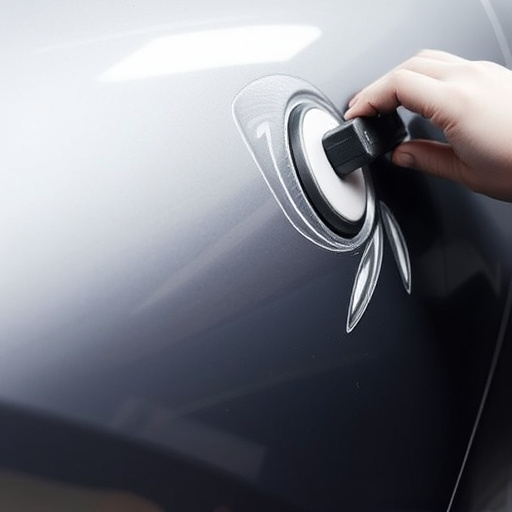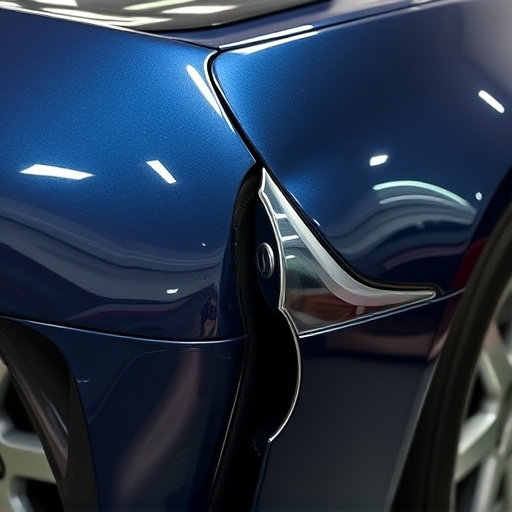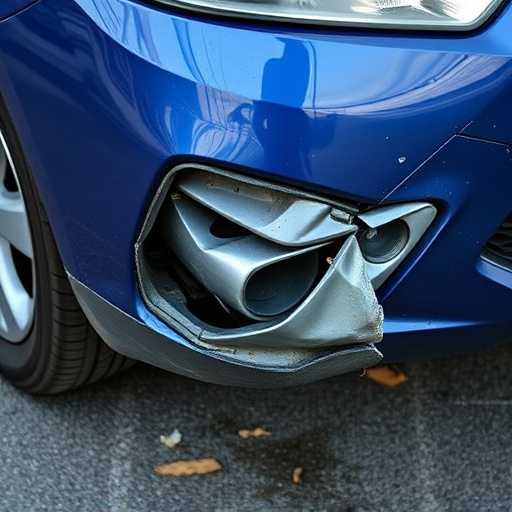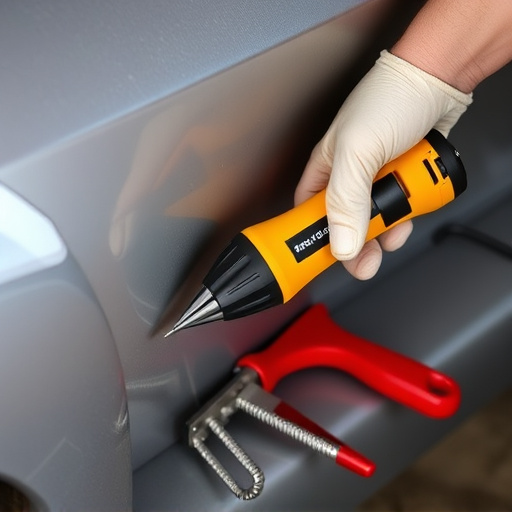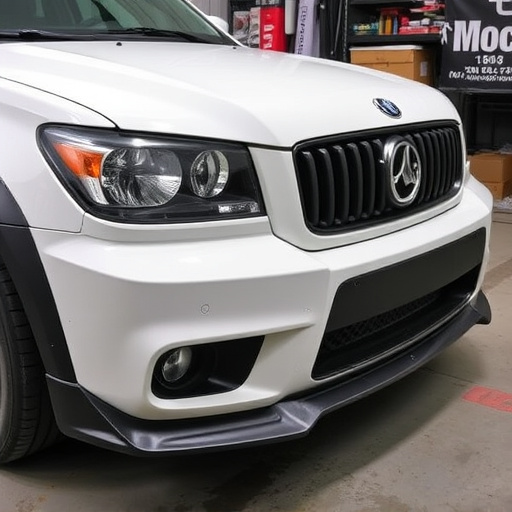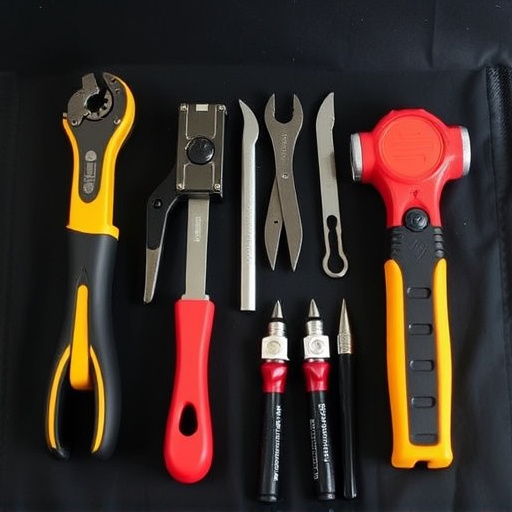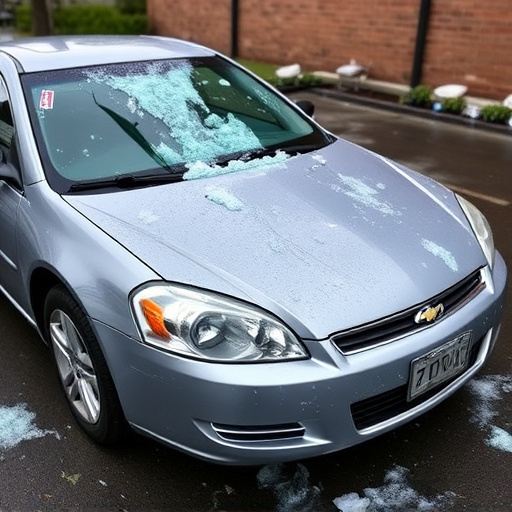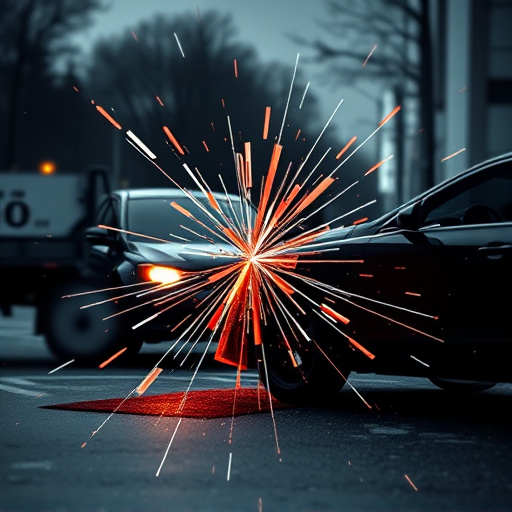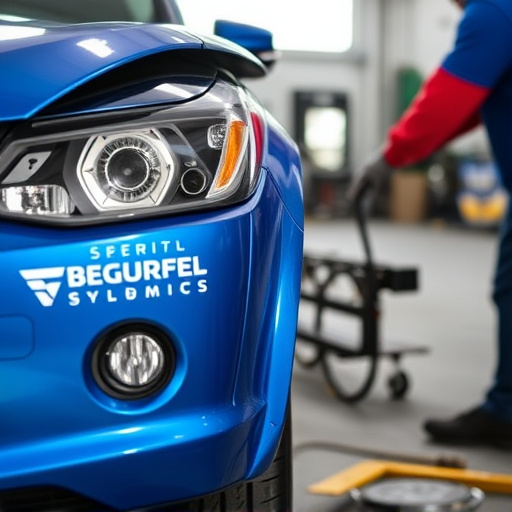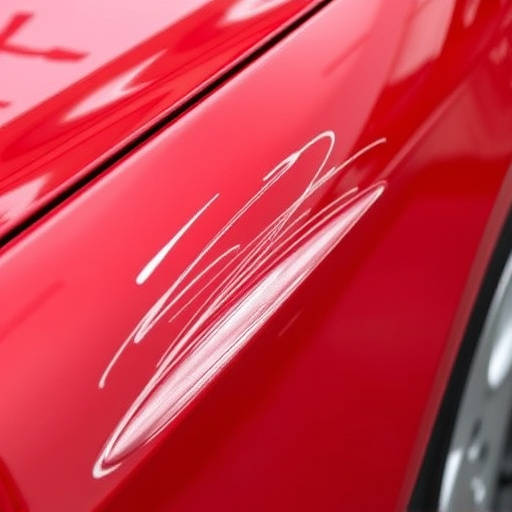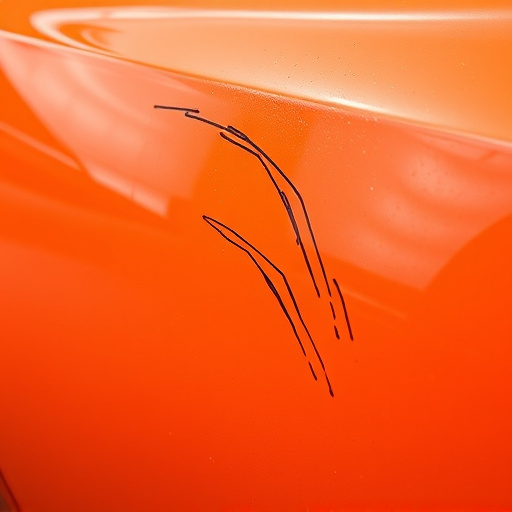Liability claim repair is a critical process addressing property damage or personal injury scenarios, aiming for fair compensation and restored relationships between claimants, businesses, and insurance providers. Key components include effective communication, comprehensive documentation, and timely responses. For auto-related claims, communication, detailed documentation, and swift mitigation build trust while skilled negotiation transforms disputes into mutually beneficial resolutions, fostering positive client relationships and smoother claim repairs.
Liability claim repair is a critical process in damage restoration, ensuring businesses and individuals recover from incidents with minimal disruption. This article delves into the key elements of effective liability claim repair, highlighting the importance of understanding the foundation—the concept of repairing not just assets but also reputations. We explore essential components like communication strategies, documentation practices, and timely responses. Additionally, we discuss successful strategies for mitigation, negotiation, and achieving customer satisfaction, offering a comprehensive guide to navigating this complex process.
- Understanding Liability Claim Repair: The Foundation of Damage Restoration
- Key Components: Effective Communication, Comprehensive Documentation, and Timely Response
- Strategies for Success: Mitigation, Negotiation, and Customer Satisfaction in Liability Claim Repair
Understanding Liability Claim Repair: The Foundation of Damage Restoration

Liability claim repair forms the bedrock of damage restoration processes, especially in scenarios involving property damage or personal injuries. It’s a systematic approach to addressing and rectifying issues that arise from liability claims, ensuring fair compensation and restoring relationships between businesses, individuals, and their insurance providers. This process involves several key elements: assessing damages, verifying liability, negotiating settlements, and managing repair or replacement costs.
Effective liability claim repair starts with thorough investigation and documentation of the incident. This includes gathering evidence, interviewing witnesses, and conducting expert analyses to determine the extent of damage and the responsible party. Once established, communication between all parties is crucial—negotiations facilitate mutually agreeable solutions, whether through settlement offers or legal proceedings. For auto-related liability claims, individuals often seek services from nearby auto repair shops for vehicle restoration, while businesses may engage specialized contractors for more extensive repairs, ensuring their operations return to normal as swiftly as possible.
Key Components: Effective Communication, Comprehensive Documentation, and Timely Response

In the realm of liability claim repair, three key components stand out as essential for a successful and swift resolution. Firstly, effective communication acts as the cornerstone, fostering a transparent relationship between all parties involved. This includes clear updates to policyholders, straightforward explanations of processes, and active listening to understand their concerns and needs.
Comprehensive documentation follows closely, serving as the backbone of any repair process. Detailed records of damage assessments, repair methodologies, and material used are vital for justifying the repairs and ensuring accountability. Moreover, efficient tracking systems enable seamless follow-ups, minimizing delays and enhancing customer satisfaction. Lastly, timely responses are critical in liability claim repair, particularly for vehicle repair services or fleet repair services where prompt action can prevent further complications. Efficient handling of claims not only restores vehicles to their pre-incident condition but also facilitates faster car paint services when necessary, demonstrating a commitment to comprehensive solutions.
Strategies for Success: Mitigation, Negotiation, and Customer Satisfaction in Liability Claim Repair
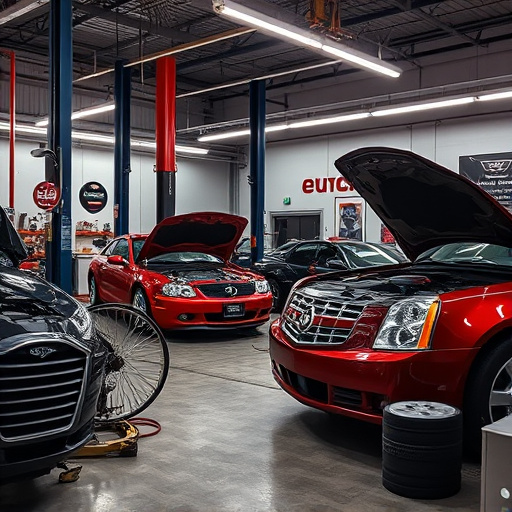
In the realm of liability claim repair, success hinges on a delicate balance between efficient mitigation strategies and adept negotiation skills. When a client files a claim due to vehicle damage, such as a car dent or more extensive car body shop repairs, prompt action is vital. Mitigating the issue swiftly demonstrates to the client that their concerns are taken seriously, fostering trust and a positive perception of the repair process.
Effective negotiation plays a pivotal role in transforming a contentious situation into a mutually beneficial resolution. Reputable vehicle repair services excel at translating customer expectations into realistic outcomes. By prioritizing customer satisfaction, car body shop professionals can navigate the complexities of liability claims, ensuring fair compensation for required repairs while maintaining a positive relationship with clients. This strategy not only facilitates smoother claim repairs but also strengthens the bond between the business and its clientele.
Liability claim repair is a complex process that demands meticulous attention to detail, swift action, and a deep understanding of damage restoration principles. By prioritizing effective communication, comprehensive documentation, and timely responses, professionals can successfully navigate the challenges posed by these claims. Implementing strategies for mitigation, negotiation, and fostering customer satisfaction is pivotal to not only resolving claims efficiently but also building trust and strengthening relationships with clients. Embracing these key elements ensures a robust approach to liability claim repair in any restoration context.
